2019 World Finalists
2019 Americas Final

United States
EasyGlucose is a cloud-powered, non-invasive, and cost-effective method of blood glucose monitoring for diabetic patients. Users first capture high-resolution images of their eye with their smartphone through a custom, low-cost anterior segment iris imaging adapter. A deep learning computer vision framework using convolutional neural networks developed with Azure Virtual Machines then analyzes iris morphological variation in the eye image to predict the patient's blood glucose level. EasyGlucose is incredibly accurate with an unprecedented error rate of 6.93%, significantly outperforming existing state-of-the-art non-invasive methods by over 30%. In addition, on the gold-standard Clarke Error Grid analysis, 100% of test predictions were given the highest possible evaluation of "clinically accurate" in Zone A. Since glucose levels are securely stored in the cloud with Azure SQL Database, patients can easily see long-term glucose trends to optimize their insulin treatments, and parents receive automated alerts if their children's glucose levels reach critical levels. With the offline sync feature of Azure Mobile App Services, EasyGlucose requires no internet connection, increasing platform portability and facilitating deployment in low-income and rural areas. No maintenance is required for EasyGlucose, unlike the calibration and replacement of test strips and sensors required by current invasive methods. Ultimately, by reducing the pain and cost of current methods, EasyGlucose provides a comfortable, user-friendly, non-invasive and accurate way for diabetic patients to manage their blood sugar levels at a fraction of the cost of today's methods.
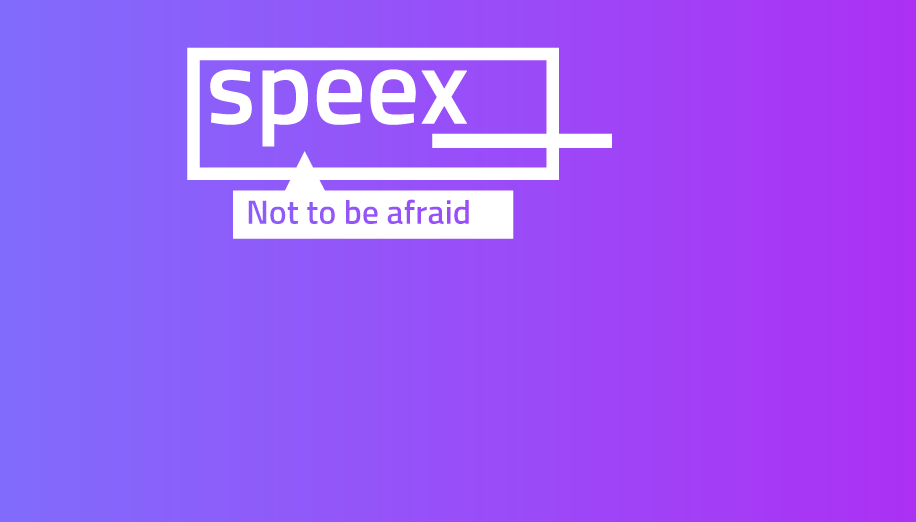
Brazil
The fear of public speaking is the one of the biggest of the world, surpassing many others. Our software, Speex, is the solution to make people feel secure and less afraid of public presentations. Using Microsoft HoloLens, we simulate a holographic scene with a virtual audience consisting of bots that behave like humans so the user can practice presentations and his ability in public speaking. In a presentation several factors are considered, not only the verbal but also the corporal language. Our software analyzes user movement, visual contact with the audience and the amount of language vices, all the information is sent to Microsoft Azure and stored to be displayed to the user who can see his presentation history and accomplish the required improvements according to the statistics. Public speaking is a must and acquired with practice. Our proposal is to replace presentations in front of the mirror or with the family, for ones that propose interaction with the audience and juries, and also with a real analysis of the user's performance using our solution. Our main purpose is empower yourself, acquire experience and confidence while speaking to your audience. Overcoming your fears and improving your personal and professional life.
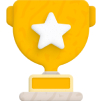
United States
Public speaking is America’s number one fear. In a study by the Washington Post, over 25% of Americans rated it as their biggest phobia, surpassing heights and claustrophobia. The reason for this fear could be attributed to two parts: the complexity of the presentation itself as well as the lack of resources. First, to be a great speaker, you need to perfect your speech, eye contact, and gestures, which can be an extremely daunting task that requires a lot of multitasking. On top of that, there’s not a lot of ways for us to hone our public speaking skills. The most common solutions out there are public speaking classes or practicing with a partner, but these solutions are often expensive, embarrassing or don’t lead to great feedback. We created SpeakEasy by combining computer vision, speech recognition, and artificial intelligence to create an intelligent and personalized public speaking trainer. Our tool can essentially be broken down into two parts. Speech recognition and gesture recognition. With Microsoft Azure Cognitive Services, SpeakEasy can automatically transcribe their speech, count then number of filler words, as well as analyze patterns in their talk. Our second feature is gesture recognition, which can analyze patterns in the user’s gesture as well as plot the range of motion of the user’s hands. Our next steps include features such as gaze tracking, which can help users work on maintaining eye contact, volume control, which can help users work on projection, intelligent gestures, which suggest meaningful gestures to help engage audience, as well as personalizing the dashboard.
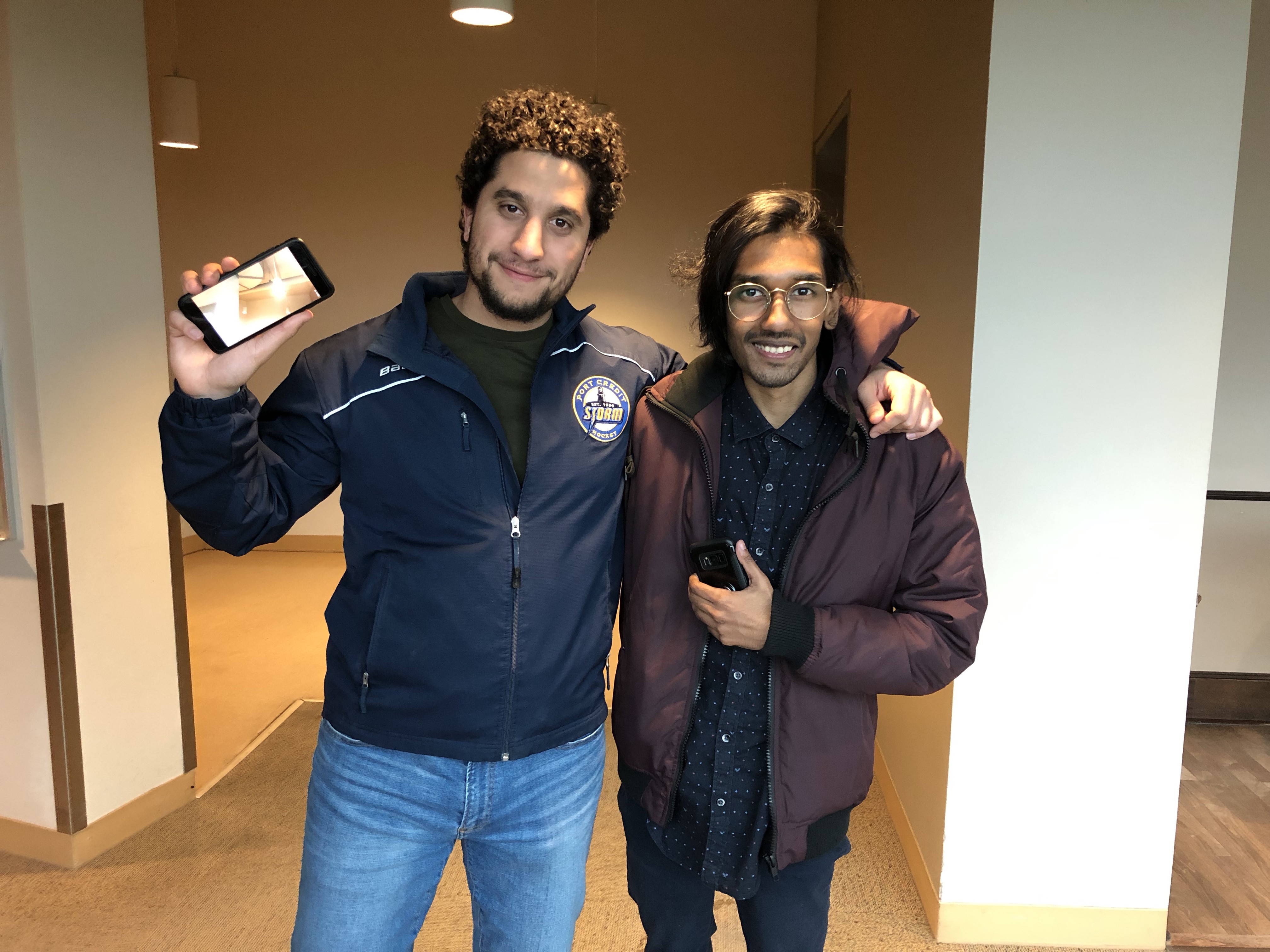
Canada
Smart Eyes is a mobile Application that uses realtime Video Processing and Object detection to inform the visually impaired user of the objects around them. These objects consist of things like people, cars, bikes, cats, dogs, etc. The project also introduces many new ways and techniques to enable the user to navigate the application (which out the use of buttons). Aside from informing the user of the objects around them, it also uses services like Twilio to send texts to friends and family of the user's location when they don't feels safe. The way that the application informs the user of the objects in their surroundings, is through different characterized audio files for each object. The logic is also provides a 3D perspective of the audio (left and right as well as louder and quieter) depending on where the object is located. The application also exposes the user of events that are occurring on campus or in nearby areas using web scraping. The objective of this application is to redesign the instruments that the visually impaired user uses to go about their days as well giving them the independency.
2019 Asia Final

India
Caeli is a smart automated drug delivery and anti pollution mask for Asthmatic and other chronic respiratory patients designed to improve the quality of life for respiratory patients living or traveling in polluted areas. Caeli delivers prescribed drugs to patients automatically & intelligently according to the patient’s Dose Schedule, Breathing Difficulty and Pollution Levels.

Malaysia
SUFECS is developed to transform the farming experiences of urban farmer. With SUFECS, farmers can monitor and control the artificial environment to achieve most suitable environment for crops.
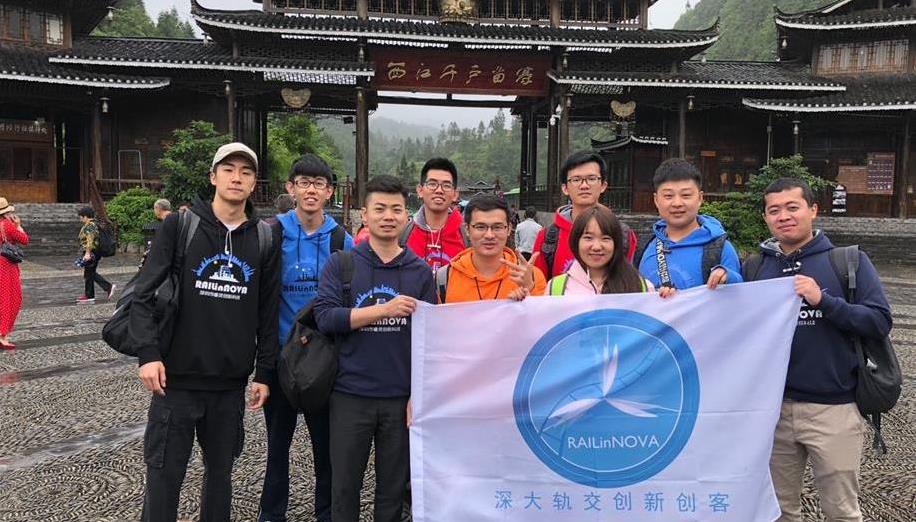
China
我们团队设计并研发的地铁维检智能机器人系统包含两个设备,分别是地铁智行轨检机器人和地铁维检智能多旋翼飞行器。这两个设备有各自不同的检测分工,通过配合使用共同实现针对地铁隧道内轨道问题、接触网故障、露天路段和场站等进行检测,可推广至其他轨道交通行业的适用性产品,提高了工作效率,弥补了现下在隧道、场站渗漏水,地铁铁轨扣件损坏,轨道焊缝裂纹,高架桥桥梁裂缝检测,地铁日常巡检(异物等)等方面的智能化维检的空白。由于深夜疲劳检测和恶劣的隧道检测环境,在检测问题上很容易出现检测人员的主观错误;人检时乘坐的代步车,对检测工人的人身安全带来极大的隐患。地铁维检智能机器人系统,其最大的亮点是自动运行,同步检测,做到彻底代替人工,解决地铁面临的主观错误和安全隐患两大痛点。相对成本而言,单就替代人工成本一项,半年可收回相关人工成本,其发展空间巨大。面对如此大的优势,推广地铁小型智能化检测设备检测势在必行,同时带来的高效率和高精度,无疑使得地铁维检智能机器人系统检测应用于地铁全面维检的设备化、智能化成为可能,而不仅仅是像过去一样依赖于人工维检。与轨检车相比,地铁维检智能机器人系统具有不同的维检目标并与之相辅相成,又因其极高的性价比和更自由的使用时间使其具有更高的适用范围,可以普及至全国轨道交通系统。
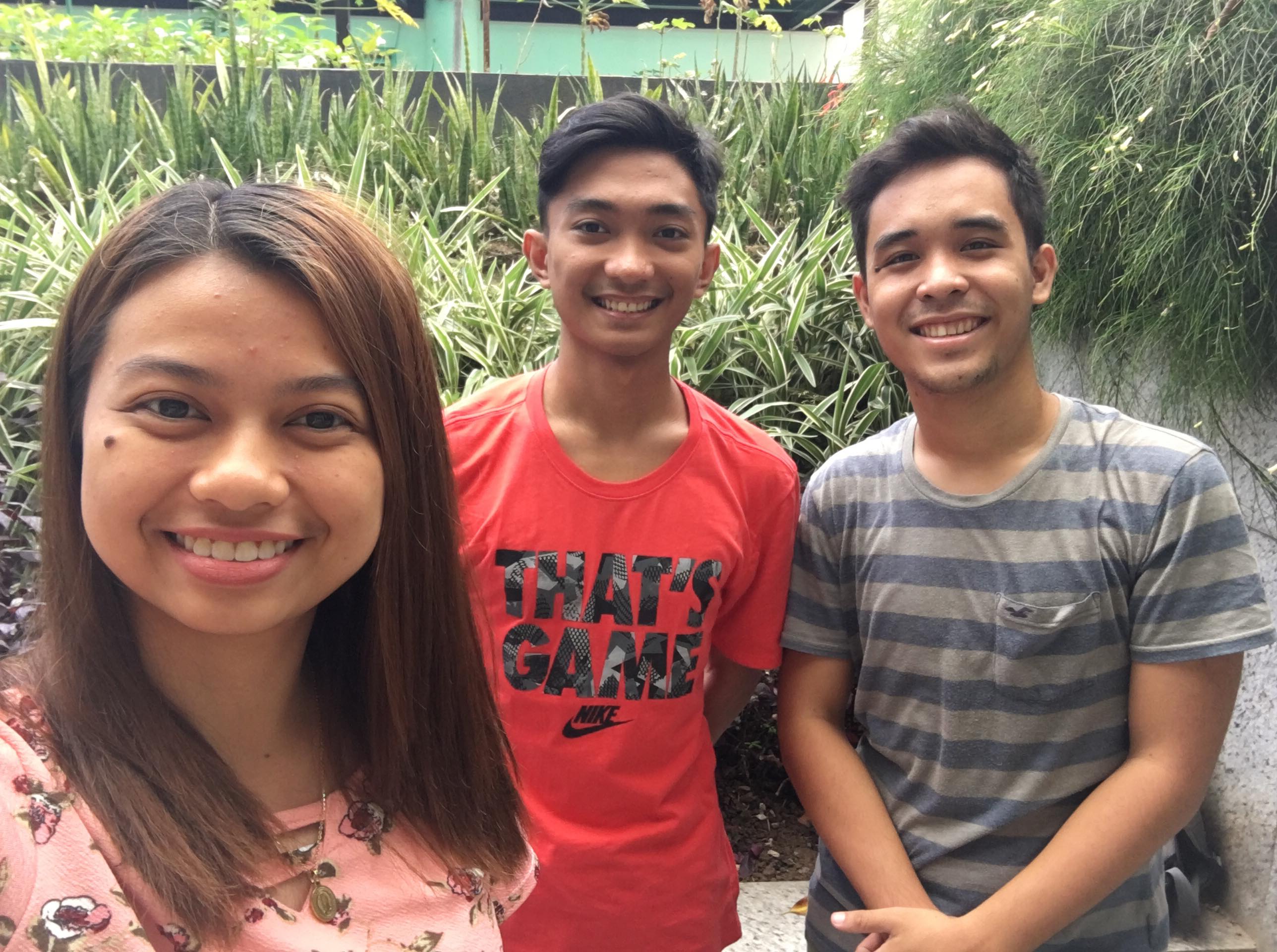
Philippines
Water is one of the most critical natural resources. Unfortunately, according to the World Health Organization, around 2 billion people all around the world use a drinking water source that is contaminated. Contaminated water can lead to diseases such as diarrhoea which kills 800+ thousand people each year. Aqua Check utilizes Microsoft Azure’s Custom Vision to allow anyone to analyze for contamination by taking a photo from a water sample through a microscope. Using Azure Web and Azure Maps, we are able to map the contamination locations.
2019 EMEA Final

United Kingdom
We all know the trouble that a lost key can cause. Searching for it everywhere and trying to remember where it was last seen may take a long time which in turn leads to you being late for a meeting or other important events. Even worse is looking around blindly for your own glasses when you misplaced them. Thinking about this issue further, we were wondering how people with a serious vision impairment are supposed to look for their lost object, be it a key, their wallet or even a rubber duck to take a nice hot bath with. That's the reason why we created Finder, a solution to find objects via an iPhone that is accessible to everyone. The app makes use of cameras placed in rooms in the users house, that continuously take pictures of those particular rooms. When a user has lost an item, all they have to do is launch the Finder iOS app, and name the item they have lost, and if the item is found in the house, the user would be guided towards it with visual guidance in the form of a navigational line, as well as orally in terms of narrated directions that indicate when a user is near an item, and when they are moving away from it.
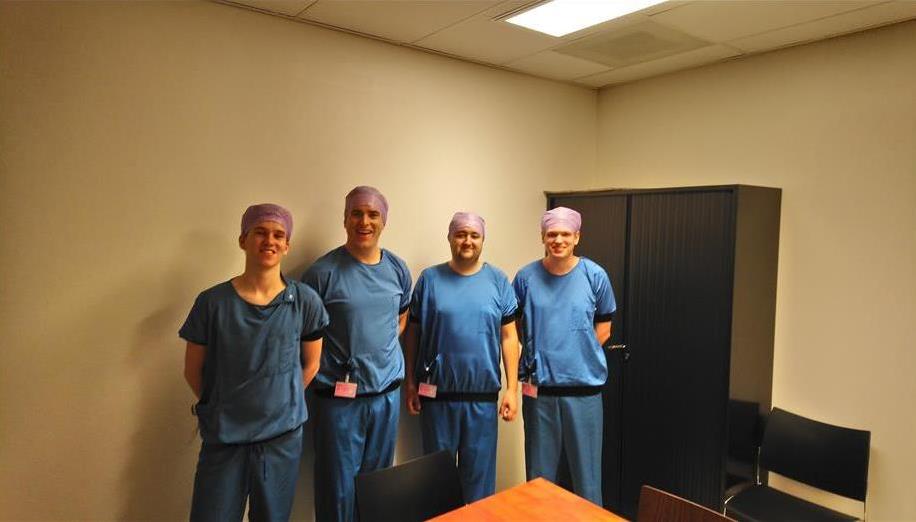
Netherlands
So, what are we trying to solve? Surgeons have a very limited field of view during surgeries. Especially in liver cancer removal surgeries because the standard approach here is laparoscopy. In combination with the poor FOV, the pre-op medical scans are not comparable to the living, breathing and bleeding patient on the table. Removing a tumor from the liver means cutting a part of the organ off. If they remove too much, the liver will not recover. As it stands a surgeon has no surefire way to validate if his cuts are correct. We are trying to provide that validation and security with our product.
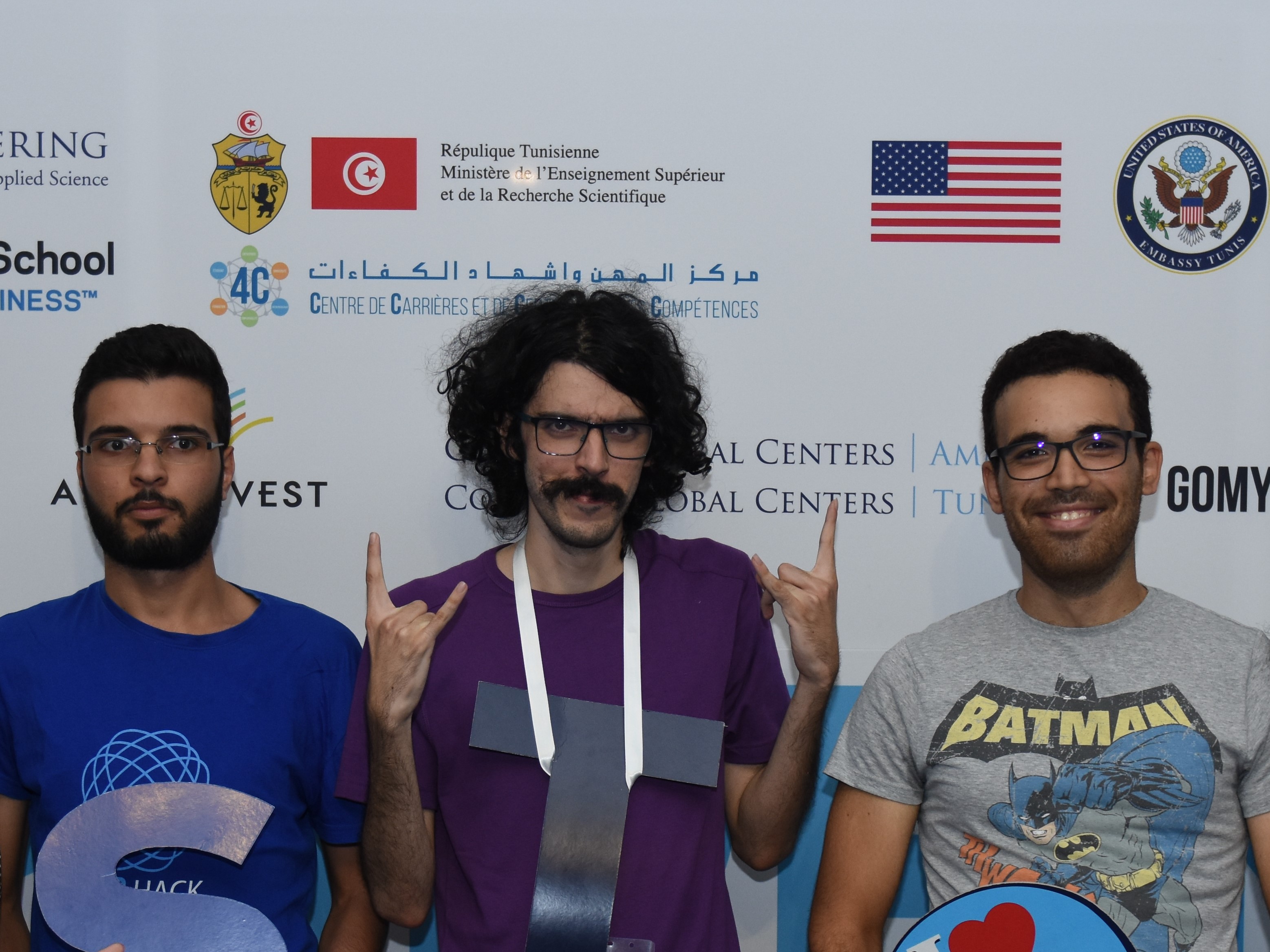
Tunisia
Trying to build apps on the HoloLens, we encountered some hurdles. Shipping apps includes some repetitive work and some long durations, which costs money and takes time. One day, we were creating an MR training experience for a customer, and came to discover that that's one of the KEY usecases for MR. So we created Athena, a comprehensive easy to use tool, to help businesses create MR training in minutes, think of it as powerpoint for mixed reality. We had few happy customers so far, and as a team of graduating students and MSPs, we thought this is the time for us to live the Imagine Cup challenge.

Russia
We propose low-cost and non-invasive solution for everyday health monitoring applying artificial intelligence to analyze urine transmission spectra. We use the hypothesis that the state of our urine is related to the state of our health. Using advanced methods of machine learning to analyze the transmission spectra of urine, we learn about the state of human health. Our solution allows you to detect deviations from the norm, warns the user about a possible disease for timely treatment to a doctor. Our product belongs to the promising direction of development in the field of health care implementing telemedicine approaches. To obtain spectral data, we developed a special IoT gadget that is embedded in the toilet or can be used as an independent device. The device collects measurement results and, using artificial intelligence and Microsoft Azure cloud technologies, determines the current state of the patient's health. To control the device, a UWP-application has been developed, in which the user can view the results and statistics of analyzes. Artificial intelligence determines deviations from the norm, and the user immediately receives a notification with a recommendation to consult a doctor for an examination.
2019 China Final

China
我们团队设计并研发的地铁维检智能机器人系统包含两个设备,分别是地铁智行轨检机器人和地铁维检智能多旋翼飞行器。这两个设备有各自不同的检测分工,通过配合使用共同实现针对地铁隧道内轨道问题、接触网故障、露天路段和场站等进行检测,可推广至其他轨道交通行业的适用性产品,提高了工作效率,弥补了现下在隧道、场站渗漏水,地铁铁轨扣件损坏,轨道焊缝裂纹,高架桥桥梁裂缝检测,地铁日常巡检(异物等)等方面的智能化维检的空白。由于深夜疲劳检测和恶劣的隧道检测环境,在检测问题上很容易出现检测人员的主观错误;人检时乘坐的代步车,对检测工人的人身安全带来极大的隐患。地铁维检智能机器人系统,其最大的亮点是自动运行,同步检测,做到彻底代替人工,解决地铁面临的主观错误和安全隐患两大痛点。相对成本而言,单就替代人工成本一项,半年可收回相关人工成本,其发展空间巨大。面对如此大的优势,推广地铁小型智能化检测设备检测势在必行,同时带来的高效率和高精度,无疑使得地铁维检智能机器人系统检测应用于地铁全面维检的设备化、智能化成为可能,而不仅仅是像过去一样依赖于人工维检。与轨检车相比,地铁维检智能机器人系统具有不同的维检目标并与之相辅相成,又因其极高的性价比和更自由的使用时间使其具有更高的适用范围,可以普及至全国轨道交通系统。
2019 Pakistan National Final
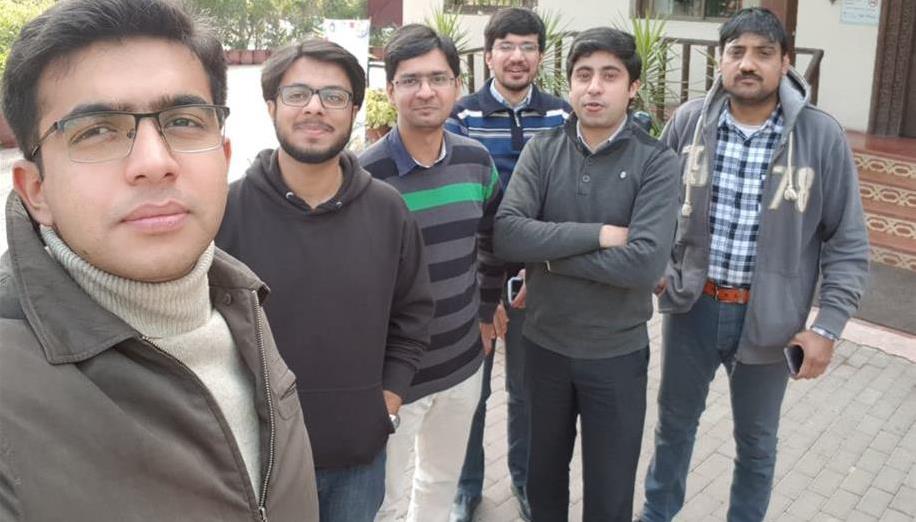
Pakistan
Diseases, which affect children at birth, are usually caused by premature birth, complications during birth or due to complications during the development of the fetus. These diseases include behavioral, neural and physical disorders. Some of the prominent disorders include Sensory Dysfunction Disorder (SDD), Stereotypic Movement Disorder (SMD), Cerebral Palsy (CP), Muscle Atrophy/Local Atrophy, Tongue Neuropathy, Squint (strabismus), Childhood apraxia of speech (CAS) and Dysarthria. Cerebral palsy alone affects nearly 500,000 children in the US and 318,392 people in Pakistan while squint affects 4,389,604 people in Pakistan. There are 2 Billion people with cognitive disorders and 20 million in Pakistan alone. 12% of global deaths are due to such disorders. There is no specific treatment for these disorders and those which exist have their own side effects. Our product "EKKO-A Wave Therapeutic Device" proposes a new solution for cognitive rehabilitation using vibration waves. EKKO is a portable device which uses vibration waves to treat neurological disorders based on Neurotransmission Cognitive Theory Vibration waves have been found to be effective in the fast recovery of muscles because of their resonance with the natural frequencies of the muscle fibers and are already used in the medical industry. Our product uses vibration waves for cognitive rehabilitation based on neurotransmission cognitive theory. The proposed product includes vibration wave therapy device and an intelligent assistant software with cloud services. This product can be used at home by parents of special children and also at special education centers for rehabilitation of special children. Two major modules are • Therapy Device: This is based on neurotransmission cognitive theory. It is portable and is capable of producing vibration waves of different frequencies. Based on the type and nature of disability, the time of application, triggering points and frequency for each point are set. The device has two modes of operations i.e. manual and using intelligent software application • Intelligent software application: The second module of our product is application which is based in artificial intelligence. This module is at the very core of the working of the entire system and this will be totally based on research work. It consists of gathering data from multiple sources and using that to build a knowledge base on top of which there is decision support system which enables self-rehab for the patients. The individual components of the module are Survey / Documents, Key Words, Clinical Results, Patient and Doctor Feedback, Knowledge Base, Decision Support System and Trend Analysis For more details, visit www.ekko.pk
